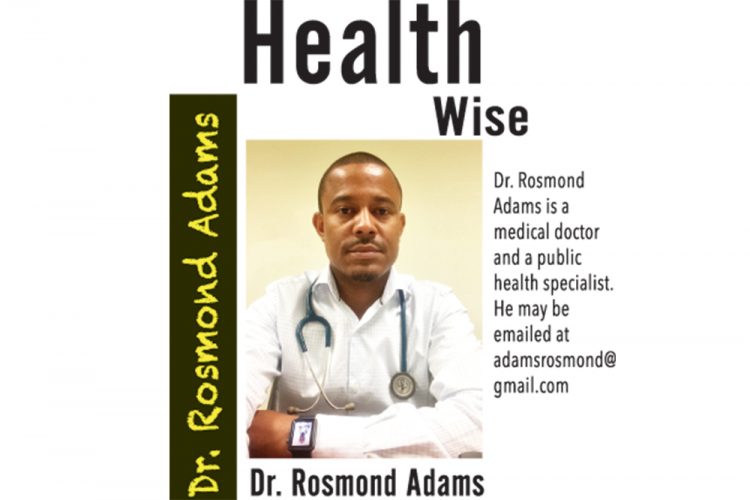The Difference Between Latent TB Infection and TB Disease

What is Tuberculosis (TB)?
Tuberculosis (TB) is a disease caused by a germ called Mycobacterium tuberculosis that is spread from person to person through the air. TB usually affects the lungs, but it can also affect other parts of the body, such as the brain, the kidneys, or the spine. When a person with infectious TB coughs or sneezes, droplet nuclei containing M. tuberculosis are expelled into the air. If another person inhales air containing these droplet nuclei, he or she may become infected. However, not everyone infected with TB bacteria becomes sick. As a result, two TB-related conditions exist: latent TB infection and TB disease or active TB.
Persons with latent TB infection do not feel sick and do not have any symptoms. They are infected with M. tuberculosis, but do not have TB disease. The only sign of TB infection is a positive reaction to the tuberculin skin test or TB blood test. Persons with latent TB infection are not infectious and cannot spread TB infection to others.
Overall, without treatment, about 5 to 10 percent of infected persons will develop TB disease at some time in their lives. About half of those people who develop TB will do so within the first two years of infection. For persons whose immune systems are weak, especially those with HIV infection, the risk of developing TB disease is considerably higher than for persons with normal immune systems.
A person with latent TB infection
- Usually has a skin test or blood test result indicating TB infection
- Has a normal chest x-ray and a negative sputum test
- Has TB bacteria in his/her body that are alive, but inactive
- Does not feel sick,
- Cannot spread TB bacteria to others
- Needs treatment for latent TB infection to prevent TB disease; however, if exposed and infected by a person with multidrug-resistant TB (MDR TB) or extensively drug-resistant TB (XDR TB), preventive treatment may not be an option.
In some people, TB bacteria overcome the defenses of the immune system and begin to multiply, resulting in the progression from latent TB infection to TB disease. Some people develop TB disease soon after infection, while others develop TB disease later when their immune system becomes weak.
The general symptoms of TB disease or active TB include
- Unexplained weight loss
- Loss of appetite
- Night sweats
- Fever
- Fatigue
- Chills
The symptoms of TB of the lungs include
- Coughing for 3 weeks or longer
- Hemoptysis (coughing up blood)
- Chest pain
Other symptoms depend on the part of the body that is affected.
Persons with TB disease (active TB) are considered infectious and may spread TB bacteria to others. If TB disease is suspected, persons should be referred for a complete medical evaluation. If it is determined that a person has TB disease, therapy is given to treat it. TB disease is a serious condition and can lead to death if not treated.
A person with TB disease
- Usually has a skin test or blood test result indicating TB infection
- May have an abnormal chest x-ray, or positive sputum smear or culture
- Has active TB bacteria in his/her body
- Usually feels sick and may have symptoms such as coughing, fever, and weight loss
- May spread TB bacteria to others
- Needs treatment to treat TB disease
People at high risk for Tuberculosis (TB) exposure and infection include:
- Close contacts of persons exposed to contagious cases of TB
- Residents and employees of high-risk congregate settings (prisons, nursing homes, homeless shelters, drug treatment facilities, and healthcare facilities)
- Healthcare workers who serve high-risk clients
- Infants, children, and adolescents exposed to adults in high-risk categories
- Persons who inject illicit drugs or any other locally identified high-risk substance users
The majority of information was taken from the CDC: https://www.cdc.gov/tb/publications/factsheets/general/ltbiandactivetb.htm
Dr. Rosmond Adams, MD; MSc (Public Health); M.S (Bioethics) is a medical doctor and a public health specialist with training in bioethics and ethical issues in medicine, the life sciences and research. He is a lecturer of medical ethics and Research Methods.
He is the Head of Health Information, Communicable Disease and Emergency Response at the Caribbean Public Health Agency (CARPHA). He is also a member of the World Health Organization Global Coordination Mechanism on the Prevention and Control of NCDs.
(The views expressed here are that of the writer and not of any organizations). You may contact him at adamsrosmond@gmail.com









